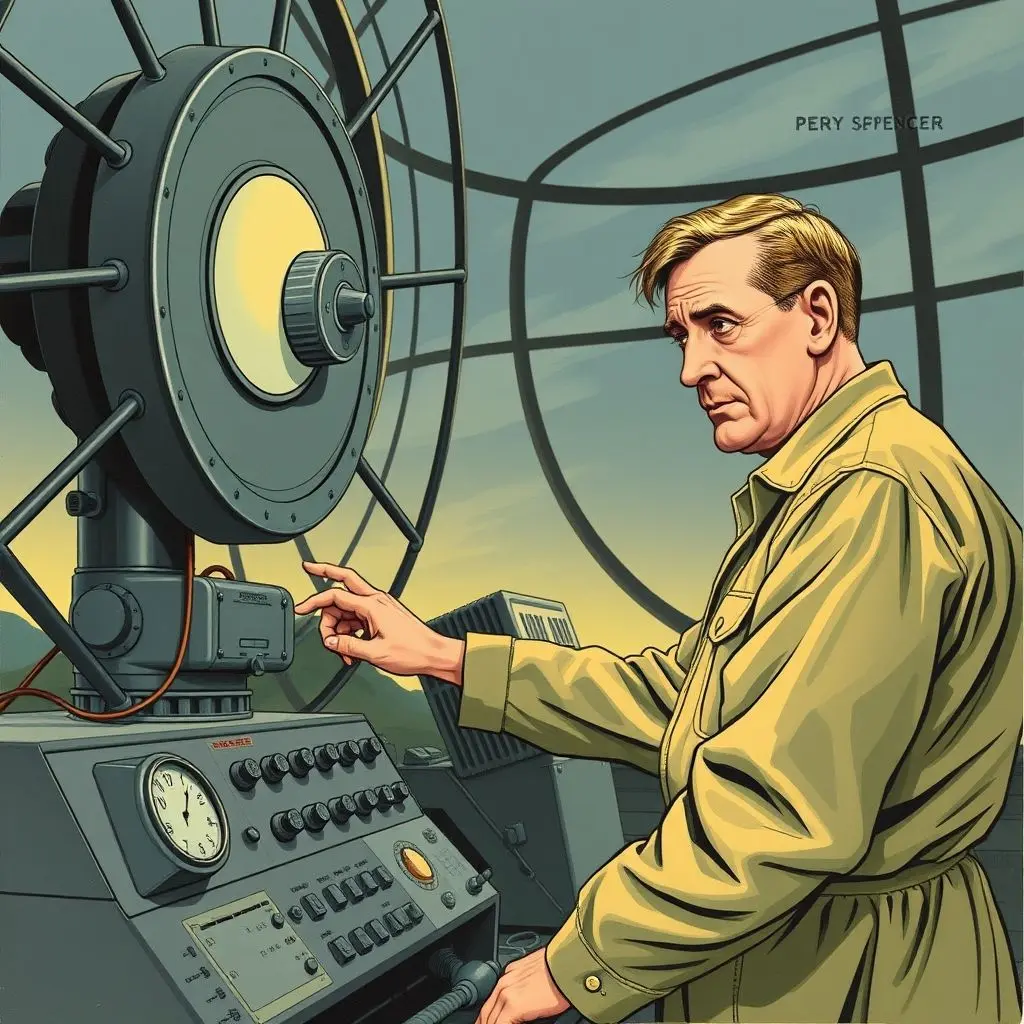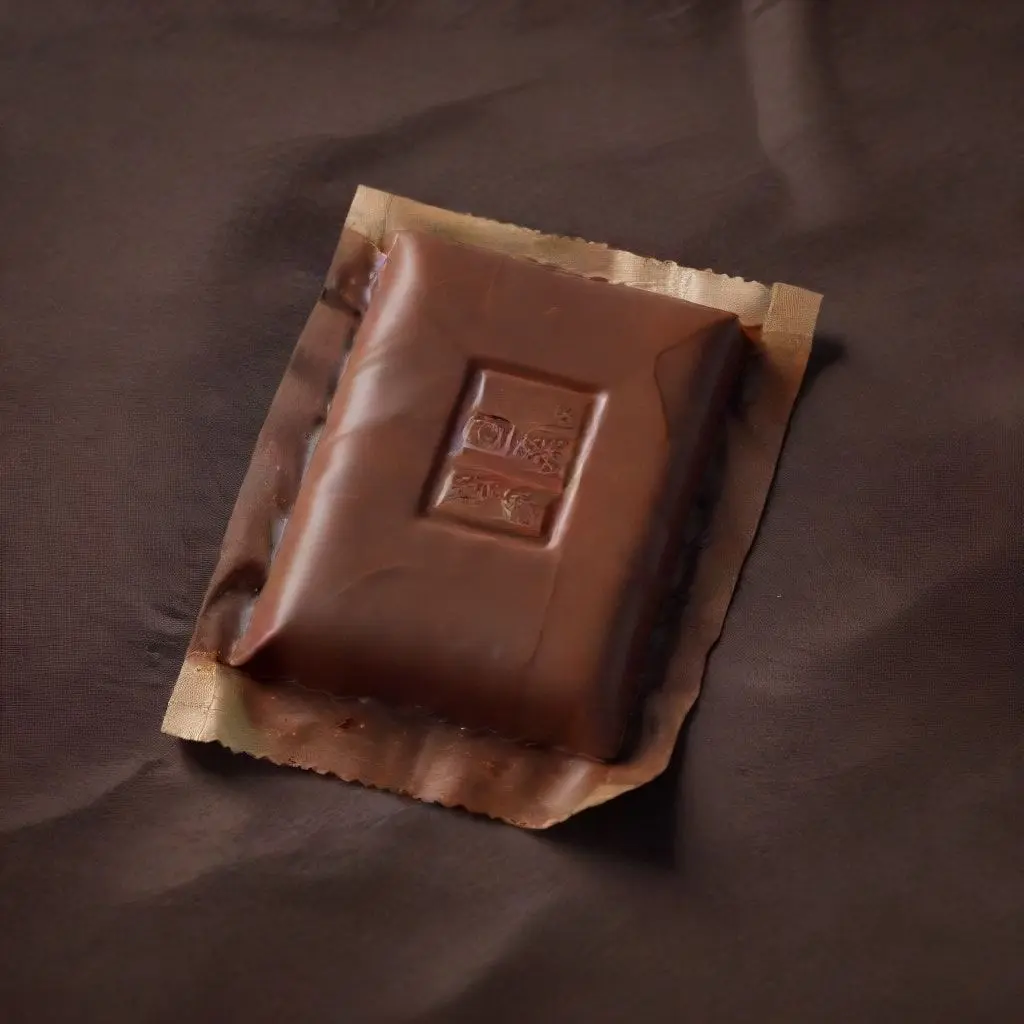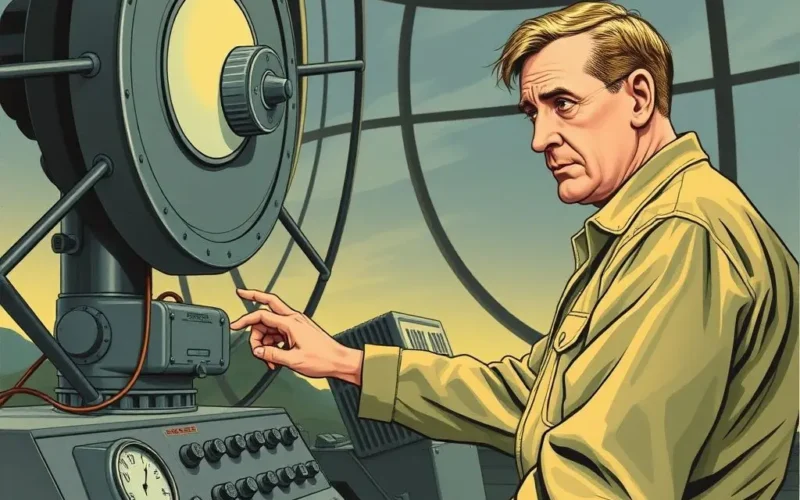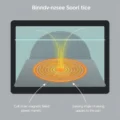Imagine you’re deep in the trenches of crucial wartime research. Your focus is sharp, the stakes are high, and the air crackles with powerful energy. You’re dealing with cutting-edge technology, aiming to protect your nation. And then, amidst all this intense work, something entirely unexpected happens. A snack in your pocket… begins to melt. Not because of body heat, but because of the very energy you’re working with.
Sound wild? It is. And that bizarre, seemingly insignificant event is precisely how one of the most common, time-saving appliances in modern kitchens came into existence: the microwave oven.
Let’s rewind the clock and explore this truly unique tale of accidental innovation.
Table of Contents
The Setting: World War II & Radar Technology
Our story begins not in a test kitchen, but during the frantic technological race of World War II. Radar was a revolutionary tool, essential for detecting enemy ships and aircraft. At the forefront of developing this vital technology was a company called Raytheon, and one of its brilliant self-taught engineers, Percy Spencer.
Spencer was a division manager known for his inventive mind and intuitive grasp of electronics. His team was working on improving radar systems, and a key component was the magnetron tube. The magnetron is a vacuum tube that generates microwaves, a form of electromagnetic radiation. For radar, these microwaves were pulsed outwards to bounce off targets and return, revealing their location.

The magnetrons being developed by Spencer and his team were powerful. Far more powerful than anything seen before, capable of generating intense microwave radiation for the demanding needs of wartime radar.
The Moment of Serendipity: A Melting Discovery
Now, for the famous, slightly gooey part of the story. In 1945, while working on an active radar set equipped with one of these high-power magnetrons, Percy Spencer reportedly felt a peculiar sensation in his pocket. Curiosity piqued, he reached in and discovered that the chocolate bar he was carrying had completely melted. And this wasn’t just softening; it was liquified.
Spencer, being the observant engineer he was, immediately suspected the radar’s energy. He knew the magnetron emitted microwaves, and he quickly connected the dots: this energy was somehow interacting with the chocolate, generating heat internally and causing it to melt from the inside out.

This wasn’t just a weird anomaly to him; it was a potential scientific breakthrough. He hadn’t intended to heat food; he was building defense systems. But the universe, or perhaps just electromagnetic physics, had other plans.
Want a quick visual zap of this story? Check out our YouTube Shorts about it:
Testing the Theory: Popcorn and Beyond
Spencer wasn’t satisfied with just a melted chocolate bar. He needed more proof. The next day, he reportedly brought in some unpopped popcorn kernels. He placed them near the magnetron and watched in amazement as they quickly popped, scattering across the lab floor. This confirmed his hypothesis: the microwave energy was indeed capable of rapidly heating and cooking food.

He continued experimenting with other foods, including an egg, which famously exploded in the face of one curious colleague (a classic early hazard of microwave cooking!). Each experiment further solidified the potential of microwave energy as a fast, efficient way to cook.
From Radar Component to Kitchen Appliance: The Radarange
Recognizing the potential beyond radar, Raytheon filed a patent for a microwave cooking process using Spencer’s discovery in 1945. The first commercial microwave oven, named the Radarange, was introduced in 1947.

These early models were a far cry from the sleek countertop units we use today. They were massive, weighing over 750 pounds (more than 340 kg) and standing nearly six feet tall. They were also incredibly expensive, costing several thousand dollars at the time (equivalent to tens of thousands today). Naturally, they were primarily sold to restaurants, hotels, and railway cars – places where speed and bulk cooking were priorities.
It took decades of further development, including the invention of a smaller, cheaper magnetron and advancements in safety features, before microwave ovens became practical and affordable for home use. Tappan introduced a home model in 1955, but it wasn’t until the late 1960s and 1970s that prices dropped significantly, leading to their widespread adoption in kitchens worldwide.
FAQs About the Microwave’s Invention
- Was Percy Spencer the only one who noticed this effect? While other scientists working with magnetrons may have noticed heating effects, Spencer is credited with being the first to seriously investigate and understand the potential for cooking food and to patent the process.
- Is it true the first thing cooked was chocolate? The melted chocolate bar incident is the most widely reported catalyst for Spencer’s focused experiments, though he might have noticed other heating effects prior to that specific event.
- Why does microwave energy heat food? Microwaves cause water, fat, and sugar molecules in food to vibrate rapidly. This molecular friction generates heat, cooking the food from the inside out (though external parts also heat up via conduction).
- Are microwaves dangerous? Modern microwave ovens are designed with multiple safety features to contain the microwave radiation within the oven chamber when the door is closed. When used correctly, they are safe.
A Testament to Curious Minds
The journey from a melted chocolate bar in a pocket to a ubiquitous kitchen appliance is a remarkable one. It highlights the importance of observation, curiosity, and the willingness to explore unexpected phenomena. Percy Spencer wasn’t looking for a new way to cook; he was focused on radar technology. Yet, by paying attention to a ‘weird’ event and investigating it systematically, he stumbled upon an entirely new application that would revolutionize how we prepare food.
It’s a powerful reminder that sometimes, the greatest innovations aren’t the result of a direct, planned search, but rather happy accidents spotted by sharp, inquisitive minds looking for a purpose.





